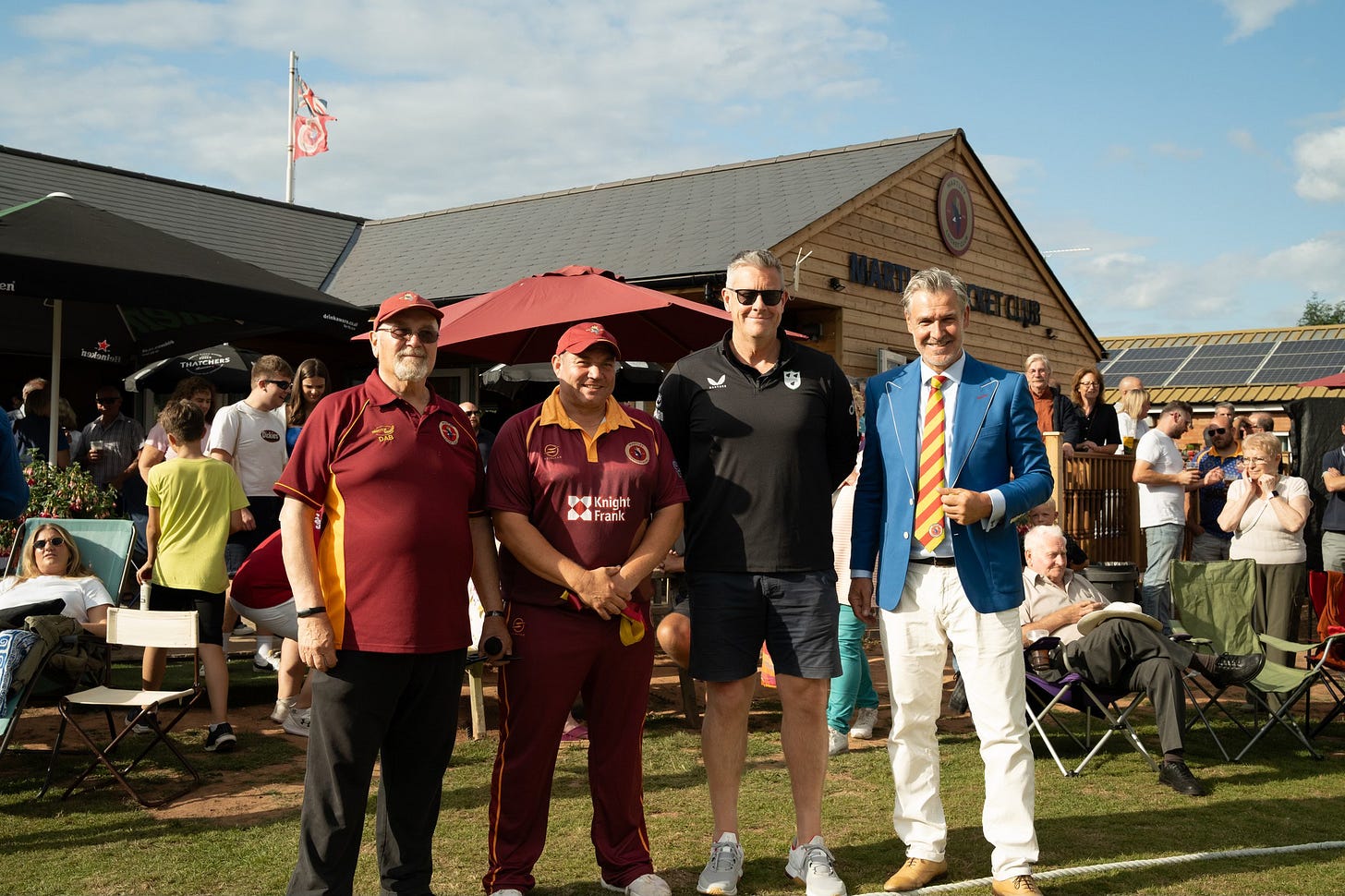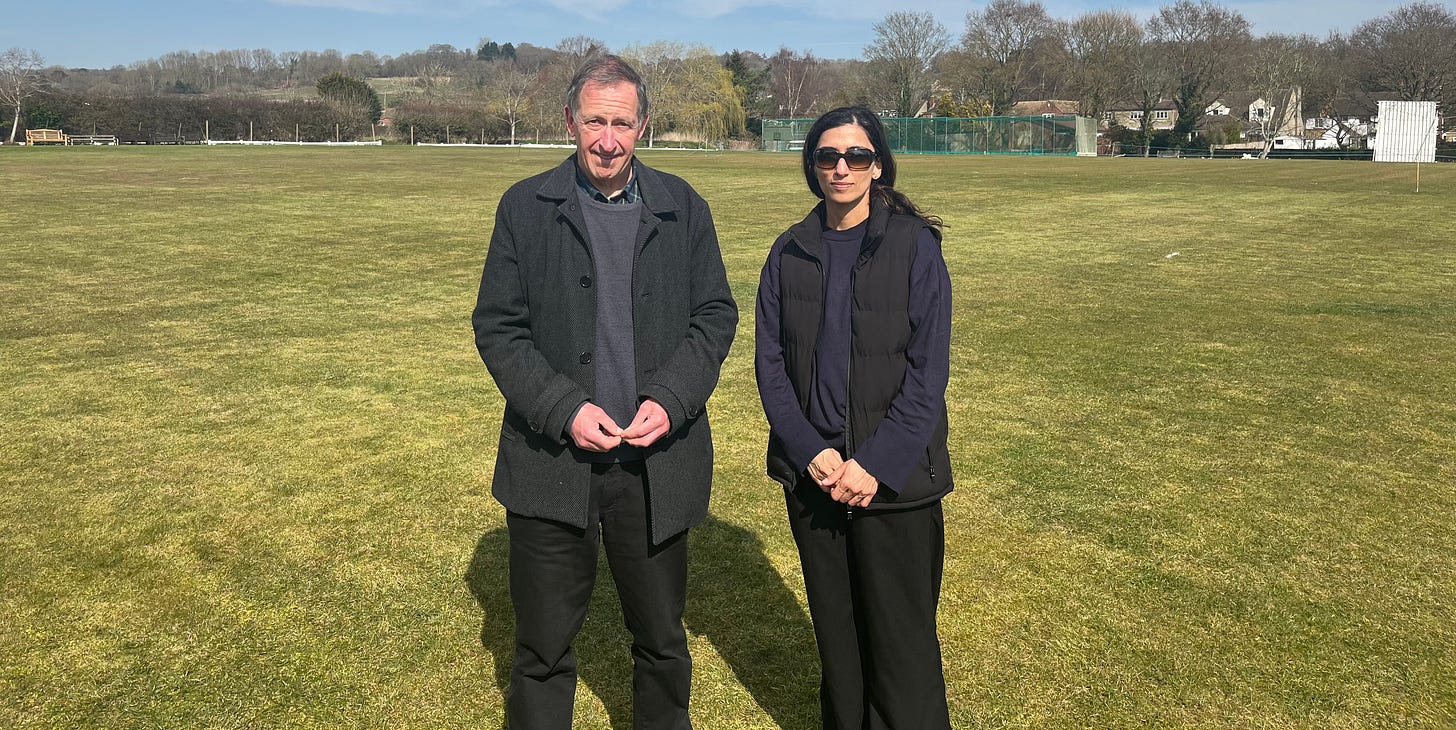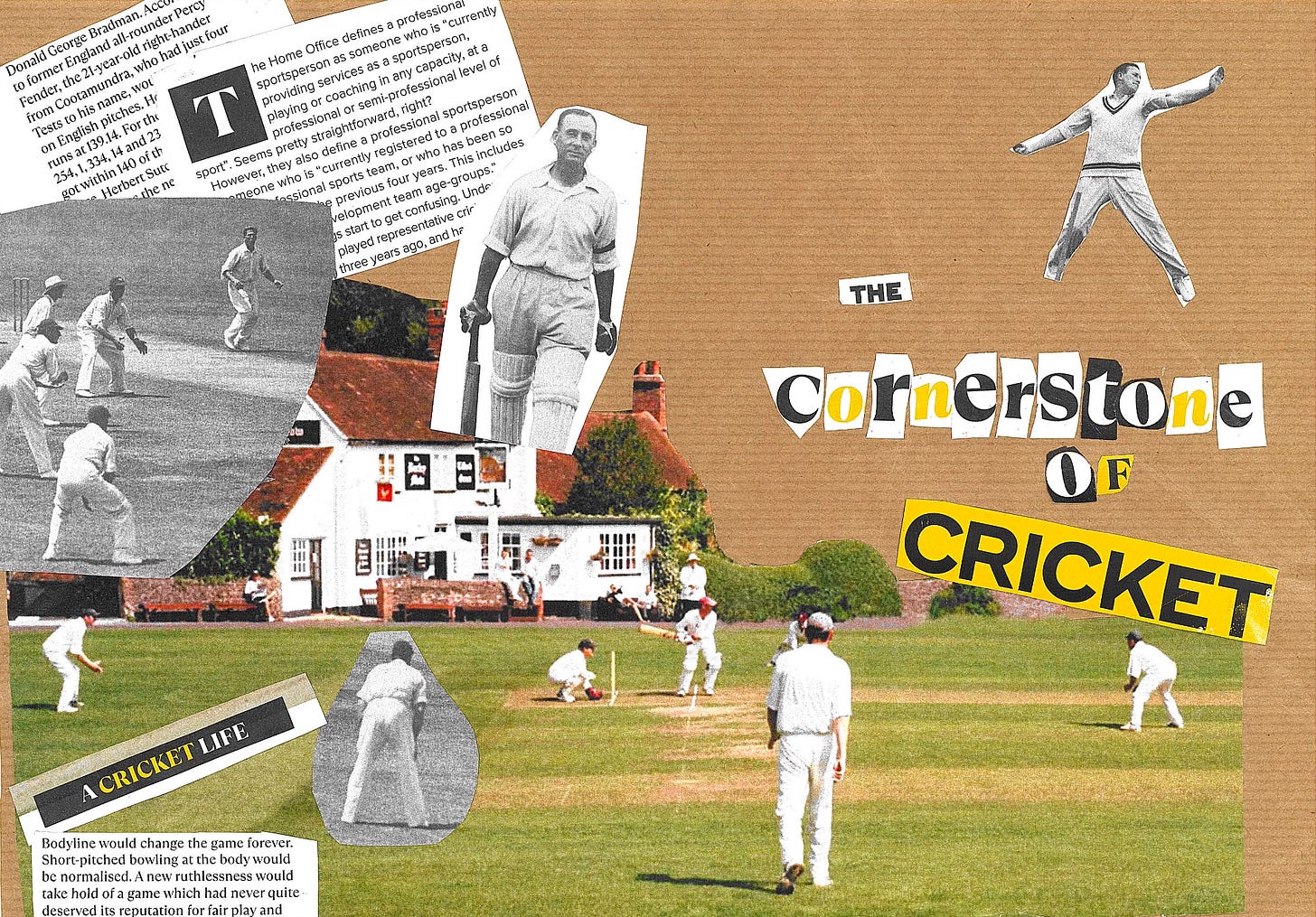The Cornerstone Of Cricket: Have Local Clubs Got It Right?
With recent developments in The Hundred, has English Cricket sold its soul, or does it remain in the local clubs and village greens of this green and pleasant land?
Cricket is often seen by some as elitist, the product of a bygone age; a sport played only by toffs and not to be enjoyed by the masses. With ticket prices in England soaring – the cheapest adult ticket for Day 1 of the England vs India Test match at Lord’s this summer being priced at £90 – and cricket matches largely televised behind paywalls, it’s hard to argue against such logic. Especially when the evidence glaringly demonstrates money-orientated decisions being made at the very top of the sport.
The England & Wales Cricket Board (ECB) has certainly done itself no favours in recent months in distancing itself from such rhetoric. Their landmark sale of stakes in franchises of The Hundred to private investors – the eight franchises were estimated to be worth £975 million – has left many pondering the future of the sport. Though some have welcomed the investment, others question whether it’s now money first and cricket second; turnover over inclusivity and experience.
However, anyone reading this who’s been privileged enough to play local club cricket – or, indeed, any form of local sport – will understand that what happen’s at the very top of the sport doesn’t always depict what’s happening at the lower levels. In attempting to answer whether English cricket’s soul has been sold or not – a ridiculously profound puzzle to solve – I became engrossed in cricket’s complex local community. Ahead of the new season, I wondered, is the local cricket club now more important in 2025 than ever before? And what keeps those in this traditional community coming back year after year?

“That’s a question my wife asks me a lot,” chuckles Dave Bradley, 76, Club President of Martley Cricket Club in Worcestershire. “I’m tempted to say that it feels like a family, it’s very difficult to put your finger on. It’s that feeling of belonging, being part of something. What drives you on I think is trying to be part of something that’s successful.”
When people think of local cricket, people might think of Edwardian village greens and the sound of leather on willow. But as Dave, known by many as ‘Braders,’ who’s the match-day announcer at Worcestershire’s New road too, tells me, local cricket’s changed a lot, but on the other hand, hardly at all. “When I started, it was a thing for the village on a Sunday afternoon. The whole village would turn out to watch us play cricket. Not so many now, but we could still pick an 11 who were born in the village so we’re pretty much a community club, and a lot of younger players are coming through now.”
Speaking to a few of my cricketing buddies, asking them what they thought might pop up from those I interviewed, one word they expected sprung up rather a lot: community. They were right.
“The community is vital,” says Dave. He tells me that it’s not just the local cricket badgers who like to get involved at Martley. “Some of the local farmers or haulage contractors help us out. They’re not particularly interested in cricket, but they want to see the club thrive, and want to see the club in the village.”
But in a world where people are working more and more, why would anyone want to spend their Saturday or Sunday standing in a field somewhere, watching drop catches galore and some rather dodgy umpiring? What’s so special?
“I think it’s the camaraderie. It’s turning up on a Saturday or Sunday afternoon and playing with your mates and then going for a beer afterwards. I think that’s what really makes it,” says Dave.
It isn’t just all sun and beers though. As Russell Smith, Club Secretary at Horspath Cricket Club in Oxfordshire, tells me. That’s because it takes a lot of effort to keep local clubs running year to year, it’s the effort of the many not the few.
“It takes a lot of voluntary work,” he explains. “Without volunteers, clubs at our level just wouldn’t exist, it’s as simple as that.” He continues: “We’re fortunate that we have the support of a lot of volunteers and that's what keeps our club going. But other clubs have probably found themselves in not such good circumstances.”
The ECB has said that 10% of the money raised from the sales of The Hundred’s eight franchises will go straight into recreational local cricket, into clubs like Horspath.
“Obviously we do hope that money does feed its way down,” says Russell. But the former journalist says he is, funnily enough, skeptical. “I’ll believe it when I see it. Until we see it, we’ll wait with bated breath on that one.”

He does hope it trickles down, however, “so they (the ECB) can keep the game thriving and producing the stars of the future, your future Joe Root’s and Ben Stokes’, for example.”
Horspath CC, located in a scenic village just east of Oxford’s city centre, is also trying to become more diverse, and modernise considerably. As Munaza Dogar, 49, Director and Captain of Women’s Cricket at Horspath, explains.
“What’s really nice is that you now have an increasing number of women who sit on the Horspath committee. So there’s a real sense of diversity of thought, diversity of experiences, ages, and backgrounds,” she says.
She tells me about how the club went about starting the women’s team back in 2019, its core objectives: “It was about having fun and encouraging women who wouldn’t have thought of sports, some of them possibly had never played competitive sport, to come and play with us.”
So, reader, you may be wondering what the conclusions are from these accounts of club life. Well, it’s that cricket isn’t the snooty, money-orientated sport many would believe. It’s deeper than that. Cricket is a way of life for some people. It’s a home, a family, somewhere to escape the harsh realities of life. Franchises like The Hundred don’t even come close to replicating that feeling for many. Cricket’s soul seems intact – for now.


